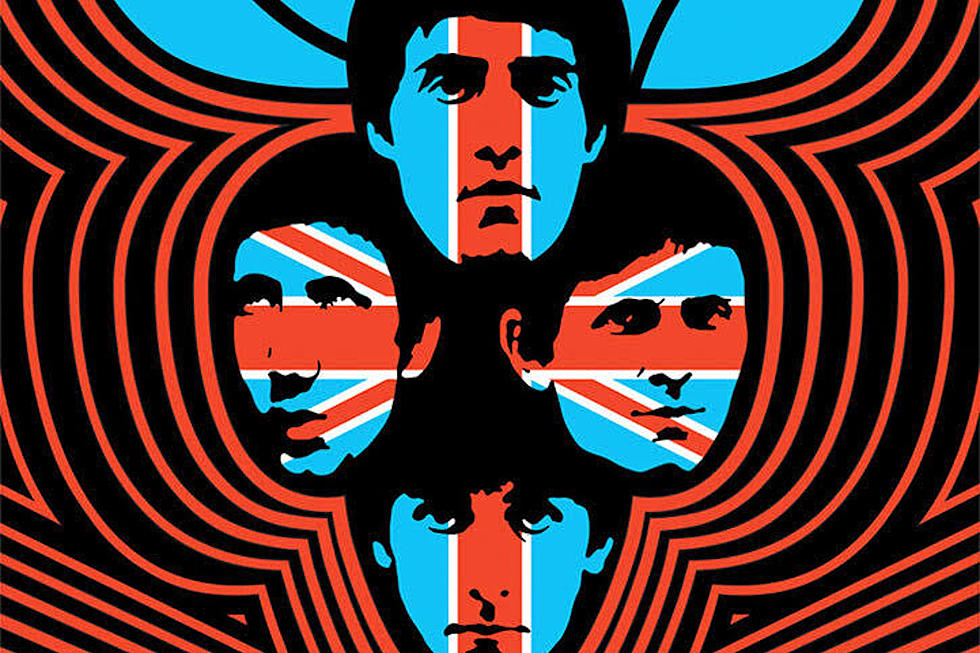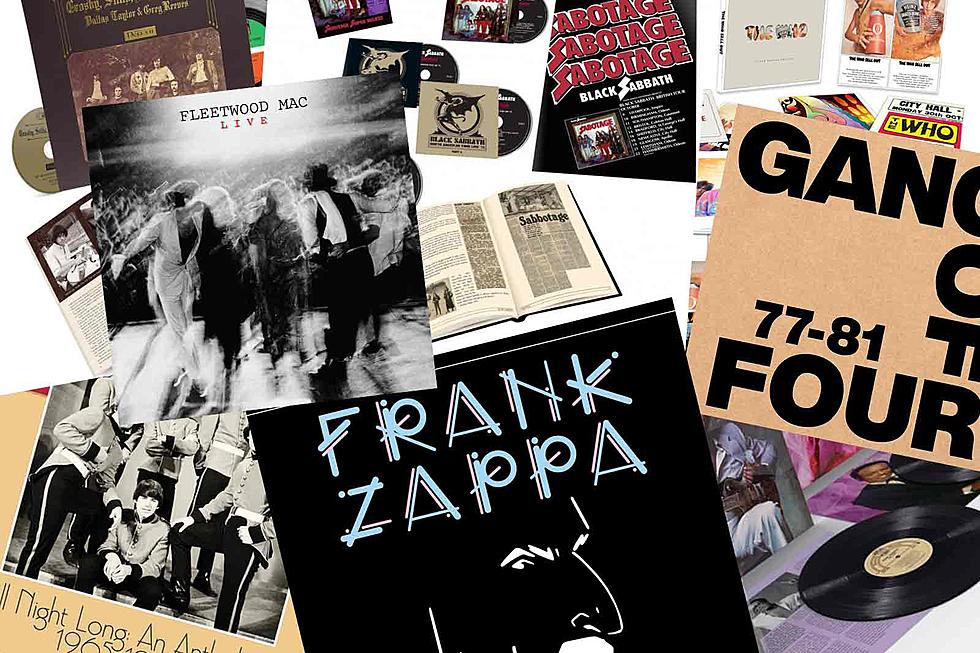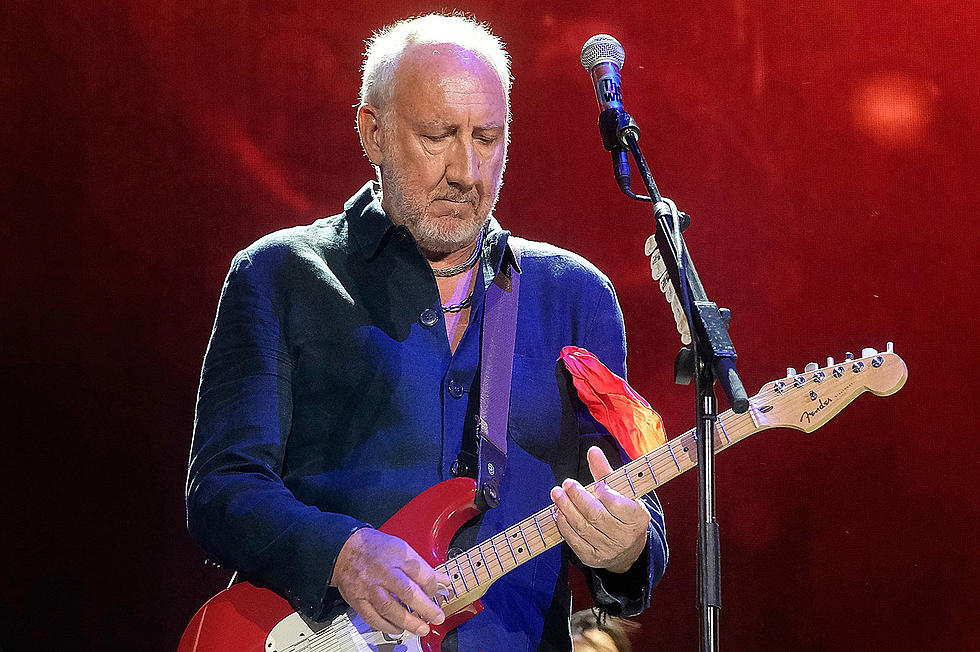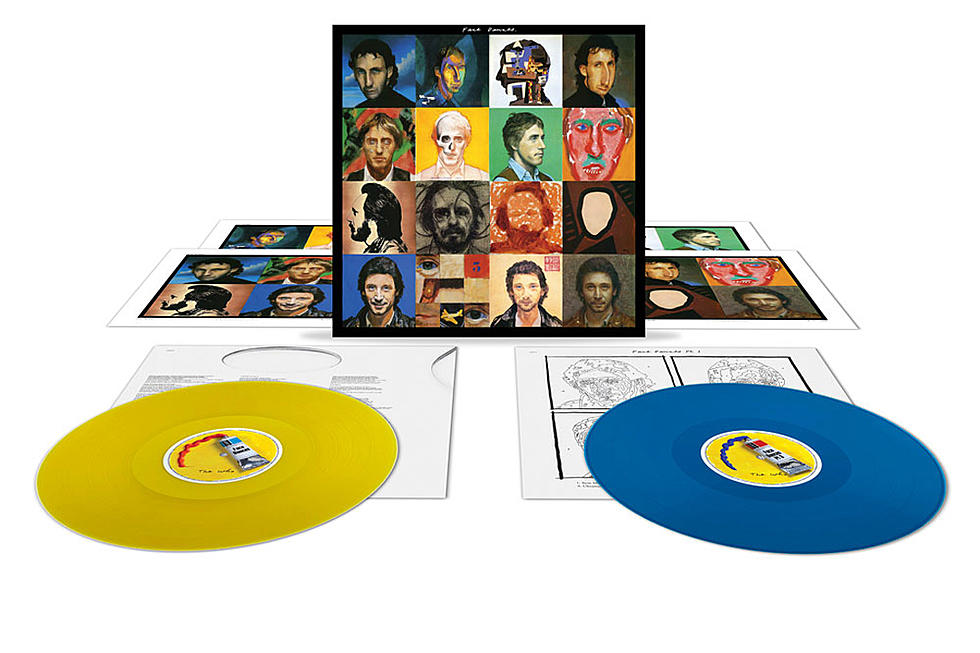
How the Who Recorded ‘Live at Leeds’ Without a Safety Net
If Tommy announced the Who’s ascent to rock-band immortality, Live at Leeds was the headline’s exclamation point. The live album cemented their distinction as one of the world’s most powerful acts, yet it came together almost by accident.
The 1969 Tommy tour saw the Who performing to massive audiences across the globe, including a historic stop at Woodstock. Keenly aware of its popularity, and having seen the success of live albums from many rock contemporaries, the band decided to record its performances during the trek. By the end of 1969, the Who had recorded 30 shows in the U.S. and an additional eight in the U.K.
While the abundance of material seemed like a blessing at first, it was actually too much of a good thing. Poring through all the hours of music was a daunting task, one the band could not feasibly do considering the amount of time it would necessitate. Frustrated, Pete Townshend took a scorched earth approach; the guitarist instructed his audio engineer to burn all of the concert recordings. The Who would instead book two shows from which a live album would be constructed. Without the previous tapes to fall back on, the band was bravely performing without a net.
The group wanted to capture the ferocity of its live shows, something Tommy’s high-art concept had briefly taken them away from. “We were better known for doing Tommy than we were for all the rest of the stuff," bassist John Entwistle noted in the book The Complete Chronicle of the Who. “I mean, all the guitar smashing and stuff went completely out of the window. We’d turned into snob rock. We were the kind of band that Jackie Onassis would come and see.”
The band planned one concert for Feb. 14, 1970, at the University of Leeds, with a second the following day in Hull. As fate would have it, the Hull performance was plagued with technical problems. Thankfully, the Who needed only the first show to make history.
The Leeds concert saw the band play more than 30 songs, including the earlier hit “My Generation” and almost all of the songs from Tommy. More than 2,000 students - many of whom had been lining up since 6AM that day - filled the capacity of the University’s refectory. Their energy was palpable.
"The students there were a great audience for us,” Roger Daltrey later recalled to the BBC. “It was packed to the rafters and then some more. I heard there was a thousand fans on the roof!"
Keith Moon echoed similar sentiments. “We fed on the audience as much as they fed on us,” the drummer explained to the University’s student newspaper. “They were just too incredible.”
Though the Who initially planned on releasing a double live album from the set, they honed Live at Leeds to a powerful six-song LP. The track listing would go as follows: “Young Man Blues,” “Substitute,” “Summertime Blues,” “Shakin’ All Over,” “My Generation” and “Magic Bus.”
Originally released on May 23, 1970, Live at Leeds was quickly hailed as a triumph and has sealed its legacy as one of the Who's best albums and one of the greatest live records ever made. The complete Leeds and Hull shows were eventually released on various expanded editions of the album.
In celebration of Live at Leeds’ 50th anniversary, Collectionzz is releasing officially licensed concert posters for the University of Leeds concert. The images feature the faces of Daltrey, Townshend, Moon and Entwistle cloaked by the Union Jack. The design also includes the Who’s trippy logo, psychedelic trim and original concert details. Two versions of the poster are available: a glow-in-the-dark edition and a black metallic edition. They go on sale May 15 exclusively through the Collectionzz website.
The Who Albums Ranked Worst to Best
More From Rock 104.1










